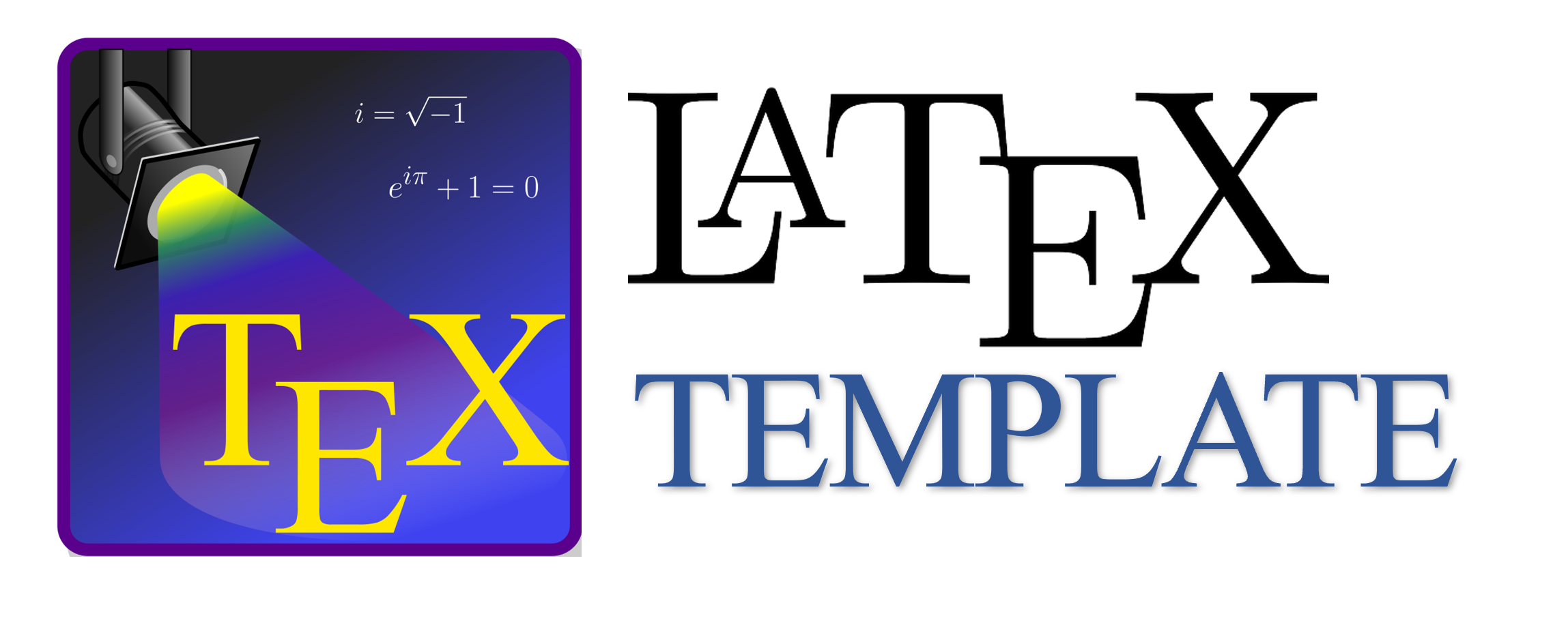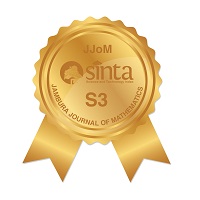Model Petri Net Sistem Pembayaran Pajak Kendaraan Bermotor Jenis 5 Tahun
Abstract
Keywords
Full Text:
PDFReferences
M. F. Rahmadana et al., Pelayanan Publik. Yayasan Kita Menulis, 2020.
A. Halim, I. R. Bawono, and A. Dara, Perpajakan: Konsep, Aplikasi, Contoh, dan Studi Kasus. Jakarta: Salemba Empat, 2014.
H. A. Taha, Riset Operasi, Jilid 2. Binarupa Aksara, 1996.
J. L. Peterson, Teori Petri Net dan Pemodelan Sistem. New York: Pretince Hall, 1981.
C. A. Petri, "Communication with Automata" Darmstadt Technical University, 1962.
R. Munir, Matematika Diskrit. Bandung: Informatika, 2005.
F. N. Wattimena, T. Pentury, and Y. A. Lesnussa, "Aplikasi Petri Net pada sistem pembayaran tagihan listrik PT. PLN (Persero) Rayon Ambon Timur" BAREKENG J. Ilmu Mat. dan Terap., vol. 6, no. 1, pp. 23-30, 2012.
I. Kabashkin, "Modelling of Regional Transit Multimodal Transport Accessibility with Petri Net Simulation" Procedia Comput. Sci., vol. 77, pp. 151-157, 2015.
I. Kabashkin, "Heuristic Based Decision Support System for Choice of Alternative Routes in the Large-Scale Transportation Transit System on the Base of Petri Net Model" Procedia Eng., vol. 134, pp. 359-364, 2016.
A. Boussif and M. Ghazel, "A Diagnosis Study on a Train Passenger Access System using Petri Net Models" IFAC-PapersOnLine, vol. 51, no. 9, pp. 150-155, 2018.
J. Zhoua and Reniers. G., "Petri net simulation of multi-department emergency response to avert domino effects in chemical industry accidents" Process Saf. Environ. Prot., vol. 146, pp. 916-926, 2021.
J. Latorre-Biel, J. FaulÃn, A. A. Juan, and E. Jiménez-MacÃas, "Petri Net Model of a Smart Factory in the Frame of Industry 4.0" IFAC-PapersOnLine, vol. 51, no. 2, pp. 266-271, 2018.
M. Gheibia, M. Karrabia, and M. Eftekhari, "Designing a smart risk analysis method for gas chlorination units of water treatment plants with combination of Failure Mode Effects Analysis, Shannon Entropy, and Petri Net Modeling" Ecotoxicol. Environ. Saf., vol. 171, pp. 600-608, 2019.
Z. Jianfenga and G. Reniers, "Probabilistic Petri-net addition enabling decision making depending on situational change: The case of emergency response to fuel tank farm fire" Reliab. Eng. Syst. Saf., vol. 200, 2020.
S. Guana, M. Nakamuraa, T. Shikanaib, and T. Okazaki, "Hybrid Petri nets modeling for farm work flow" Comput. Electron. Agric., vol. 62, no. 2, pp. 149-158, 2008.
C. Mahulea, E. Montijano, and M. Kloetzer, "Distributed Multirobot Path Planning in Unknown Maps Using Petri Net Models" IFAC-PapersOnLine, vol. 53, no. 2, pp. 2063-2068, 2020.
Y. Geab, X. Xinga, and Q. Cheng, "Simulation and analysis of infrastructure interdependencies using a Petri net simulator in a geographical information system" Int. J. Appl. Earth Obs. Geoinf., vol. 12, no. 6, pp. 419-430, 2010.
W. Yu, Z. Ding, L. Liu, X. Wang, and R. D. Crossleye, "Petri net-based methods for analyzing structural security in e-commerce business processes" Futur. Gener. Comput. Syst., vol. 109, pp. 611-620, 2020.
P. J. Mitrevski and I. S. Hristoski, "Behavioral-based performability modeling and evaluation of e-commerce systems" Electron. Commer. Res. Appl., vol. 13, no. 5, pp. 320-340, 2014.
DOI: https://doi.org/10.34312/jjom.v4i1.11158
Copyright (c) 2022 Nurlela Nurlela, Ahmad Faisol, Fitriani Fitriani

This work is licensed under a Creative Commons Attribution-NonCommercial 4.0 International License.
Jambura Journal of Mathematics has been indexed by
Jambura Journal of Mathematics (e-ISSN: 2656-1344) by Department of Mathematics Universitas Negeri Gorontalo is licensed under a Creative Commons Attribution-NonCommercial 4.0 International License. Powered by Public Knowledge Project OJS.
Editorial Office
Department of Mathematics, Faculty of Mathematics and Natural Science, Universitas Negeri Gorontalo
Jl. Prof. Dr. Ing. B. J. Habibie, Moutong, Tilongkabila, Kabupaten Bone Bolango, Gorontalo, Indonesia
Email: [email protected].




















